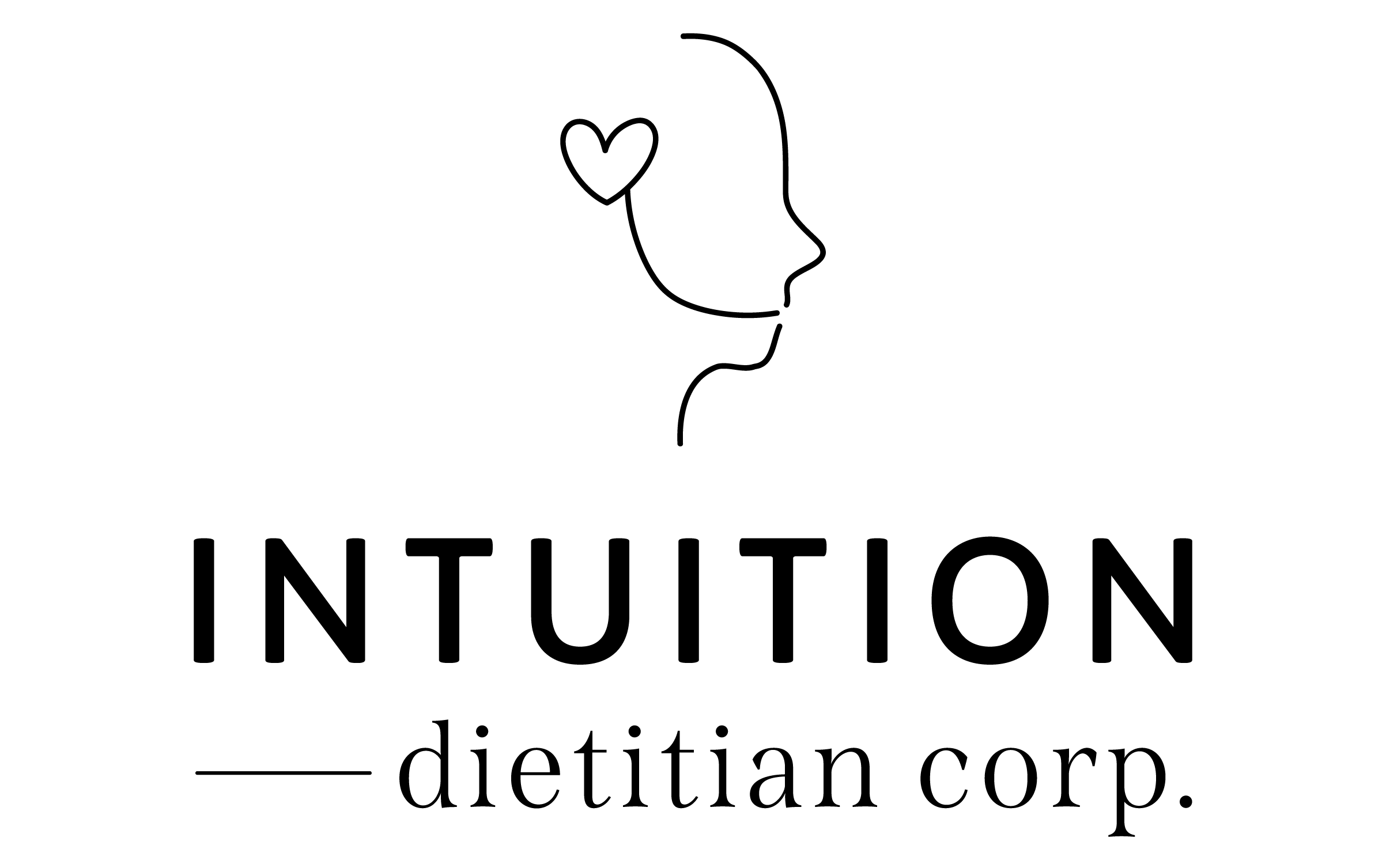What is fibre?
Fibre is a type of carbohydrate found in plants that isn’t digested when eaten. There are two types, soluble fibre and insoluble fibre. Soluble fibre dissolves in water and adds bulk to our stool. Insoluble fibre is not dissolved in water, and it helps to keep food/waste moving through our gastrointestinal (GI) tract.
Another type of carbohydrate that, like fibre, is not fully digested when eaten is resistant starch. Resistant starch acts in a similar way to fibre and can benefit your gut bacteria when eaten, although it is technically not the same. Starchy grains, legumes, and vegetables that have been cooked and cooled all contain resistant starch.
Where is fibre found?
Fibre is found in plant foods such as grains, fruits, vegetables, nuts, seeds, and pulses. The amount of fibre in different types of plants varies and can also depend on which parts of the plant are eaten or how they are prepared. For example, whole grain bread has more fibre than white bread. This is because the wheat in whole grain bread is less refined which means it contains more parts of the grain including the fibrous parts that are not digested by humans. White bread uses refined flour which means the fibre portions of the wheat are removed before eating.
Eating a potato with the skin has more fibre than when it is peeled because a lot of the fibre in a potato comes from the skin. Potatoes can also have resistant starch if they are cooked, cooled, and then eaten in a dish like potato salad.

How does fibre benefit us?
Fibre has many benefits to our health. Eating more fibre in a meal can help to regulate bowel movements, slow down digestion to keep you feeling full longer, control blood sugar levels, and lower cholesterol. Many foods that contain fibre are also prebiotics which are beneficial in maintaining good gut bacteria. These perks of eating a sufficient amount of fibre will also lead to a reduced risk of certain diseases such as type 2 diabetes, diverticular disease, and colorectal cancer.
Recommended daily fibre intake:
Women: 25 grams/day
Men: 38 grams/day
Most people do not eat enough fibre to meet these recommendations. For reference, 3/4 cup beans have 6-10 grams fibre, 1 tbsp of chia seeds has 3.7 grams fibre, 1 apple with skin has 3.5 grams fibre, and 1 potato with skin has 4 grams of fibre. Including 2 or more plant foods in most meals and snacks can help to meet fibre goals without needing to count grams in each individual food or drastically alter your diet!
Tips to increase fibre intake
- Add nuts and seeds to meals
- On toast or in cereal
- In smoothies
- With yogurt
- In a stir fry
- In baking
- On salads
- Choose whole grains more often
- Oatmeal
- Whole grain bread and crackers
- Whole wheat pasta
- Quinoa
- Brown or wild rice
- Eat more fruits and vegetables
- Leave the skin on fruits and vegetables
- Choose plant-based proteins more often
- Legumes
- Lentils
- Edamame beans

It is important to increase fluid intake when you increase fibre intake. Since a lot of the fibre we eat will absorb water in your GI tract, drinking more water with fibre can help to prevent constipation. Slowly increasing fibre intake can also help your body get used to the change and reduce symptoms like gas or bloating.
Fibre Supplements
Fibre supplements are available at most drug stores, but do you need them? Often, they are used in situations when someone is constipated or has diarrhea to help regulate bowel movements. Most people do not need to be taking supplements and can get enough fibre from whole food sources. Talk to your local dietitian or doctor if you are unsure.
Renelle is a registered dietitian with expertise in digestive health and low FODMAP diet counseling. She is currently accepting new clients for virtual nutrition counselling.

